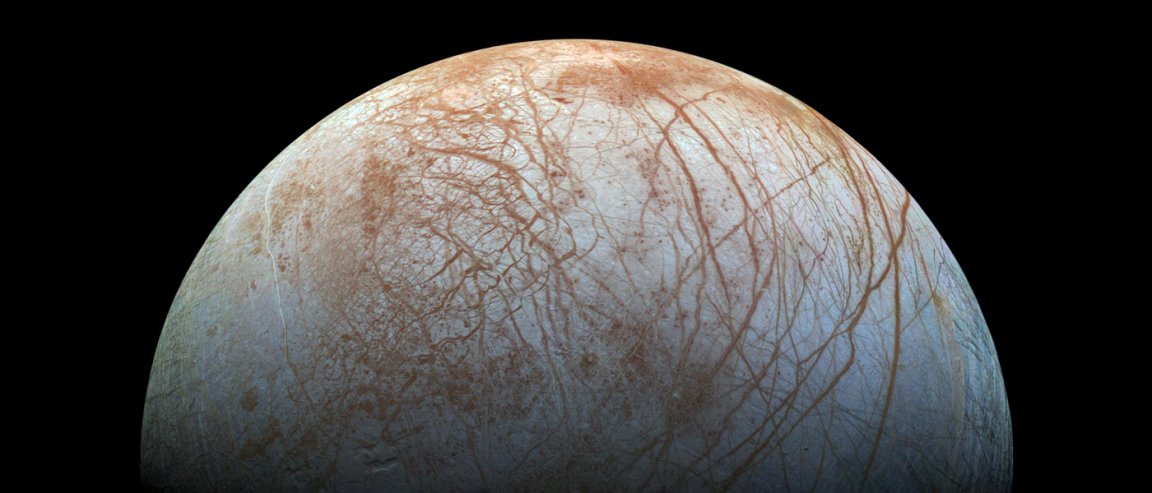
Uncovering Interstellar Oceans
NASA shocked the world earlier this year when they announced the discovery of the seven Earth-like exoplanets found in what is now known as the Trappist-1 system. It seems as though the space agency is bent on shocking the world again with an upcoming press conference on “ocean worlds” in our solar system.
The announcement comes in light of data collected by NASA’s Cassini spacecraft during its final mission and the Hubble Telescope and is scheduled for Thursday, April 13th at 2 PM. The conference will cover new results about “ocean worlds” in our solar system and “the search for life beyond Earth.”
NASA’s quest to find life in our solar system has rested on the possibility of interstellar water. Because a majority of our home planet is covered in water and all life (as we know it, as it adheres to known scientific principles) depends on water, it is logical to expect that wherever there is water, extraterrestrial life might not be too far away.
There are several possible “ocean worlds” currently being investigated by NASA. The moons of the gas giants Jupiter and Saturn are prime suspects for the space agency. Of Jupiter’s many moons, Europa, Ganymede, and Callisto are all suspected to have oceans underneath their icy crusts, while of Saturn’s moons, it’s suspected that Enceladus, Titan, and Mimas might also hold sub-surface oceans.
It’s exciting to imagine that all this happening in our very own solar system…but what exactly would it mean if we find oceans?

Are We Alone?
Searching for hidden oceans far off in our solar system could give us some insight into the origins of life. We might be able to better understand how we came to be, and how other creatures in the cosmos might come to be. The conditions for life to arise may not be as limiting as we once thought. But, we can only find answers to these questions if we venture forth and take a thorough look at our cosmic neighborhood.
The press conference, held at the James Webb Auditorium at NASA Headquarters in Washington on April 13th, might just give us a better understanding of the possibility of “ocean worlds” and the prevalence of life beyond Earth. The briefing will feature prominent scientists such as:
- Thomas Zurbuchen, associate administrator, Science Mission Directorate at NASA Headquarters in Washington
- Jim Green, director, Planetary Science Division at NASA Headquarters
- Mary Voytek, astrobiology senior scientist at NASA Headquarters
- Linda Spilker, Cassini project scientist at NASA’s Jet Propulsion Laboratory in Pasadena, California
- Hunter Waite, Cassini Ion and Neutral Mass Spectrometer team lead at the Southwest Research Institute (SwRI) in San Antonio
- Chris Glein, Cassini INMS team associate at SwRI
- William Sparks, astronomer with the Space Telescope Science Institute in Baltimore
After the conference, these scientists will take questions from those attending as well as from the public on social media (using #AskNASA). The live stream begins at 2 pm ET right below.

While no one expects the press conference to tell us that a secret set of seven earth-like planets with massive alien-laden oceans are hiding between Jupiter and Saturn, the press conference should give us a good idea of where we stand in our search for life in the cosmos.